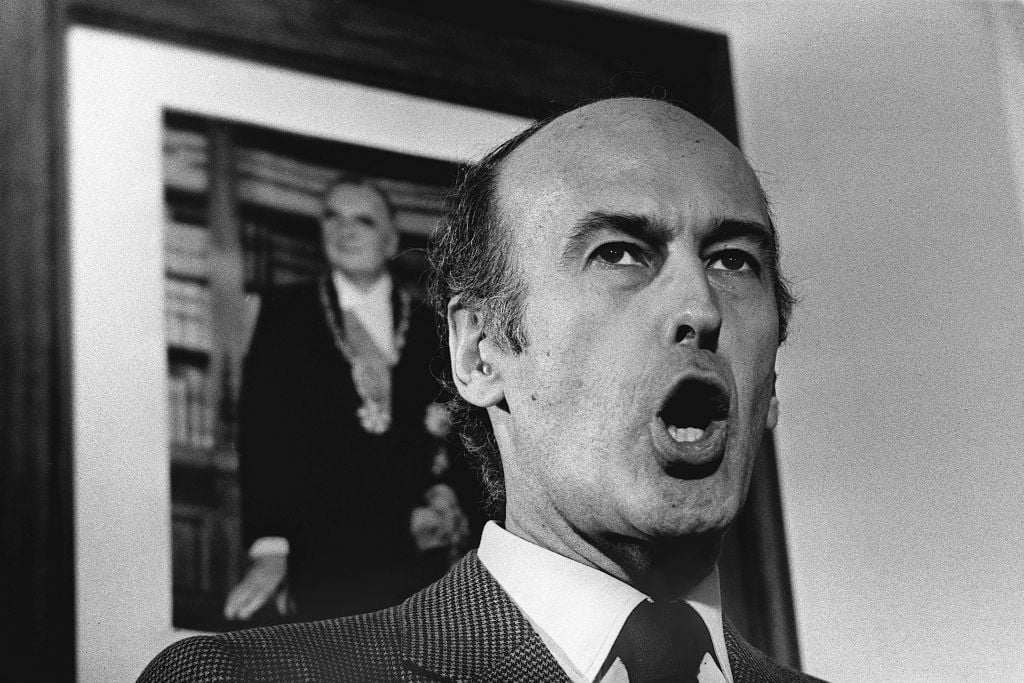
It’s not often that a major museum changes its name, but today, the Musée d’Orsay did just that.
French minister of culture Roselyne Bachelot-Narquin announced this morning that the popular Paris institution will be renamed in honor of the late Valéry Giscard d’Estaing, France’s President from 1974 to 1981.
Bachelot-Narquin will introduce a formal decree in the Council of State regarding the move. Once passed, the venue will be known as the Musée d’Orsay–Valéry Giscard d’Estaing.
Meanwhile, its sister institution, the Musée de l’Orangerie, which is famous for its Claude Monet Water Lilies, will also bear the former president’s name moving forward.
Giscard d’Estaing helped pave the way for the establishment of the Musée d’Orsay in 1977 when he saved the defunct Gare d’Orsay railway station from destruction and approved a plan for the iconic building to be transformed into a museum dedicated to Impressionist and Post-Impressionist art. The Musée d’Orsay opened nearly a decade later, in 1986.
“A man of culture, a passion for art and literature of the 19th century, President Valéry Giscard d’Estaing has worked with commitment and determination for the birth of the museum and follow its development,” the announcement from Bachelot-Narquin read. “This heritage and architectural gesture was very daring, combining the preservation of a historic monument and its transformation into a museum.”
A clock inside the Musée d’Orsay on April 19, 2016 in Paris, France. Photo by Thierry Chesnot/Getty Images.
French presidents are often honored in the names of public sites. Among them are Georges Pompidou (the Centre Pompidou, formerly known as the Beaubourg museum) and Jacques Chirac (the Musée du quai Branly–Jacques Chirac).
The move for Giscard d’Estaing’s name to adorn the museum gained steam last December, following his death, when prominent politicians in the country called for the Musée d’Orsay to be re-christened.
Giscard d’Estaing was also instrumental in the creation of the Cité des Sciences et de l’Industrie, Europe’s biggest science museum, in 1986. He died last year after testing positive for COVID-19. He was 94.